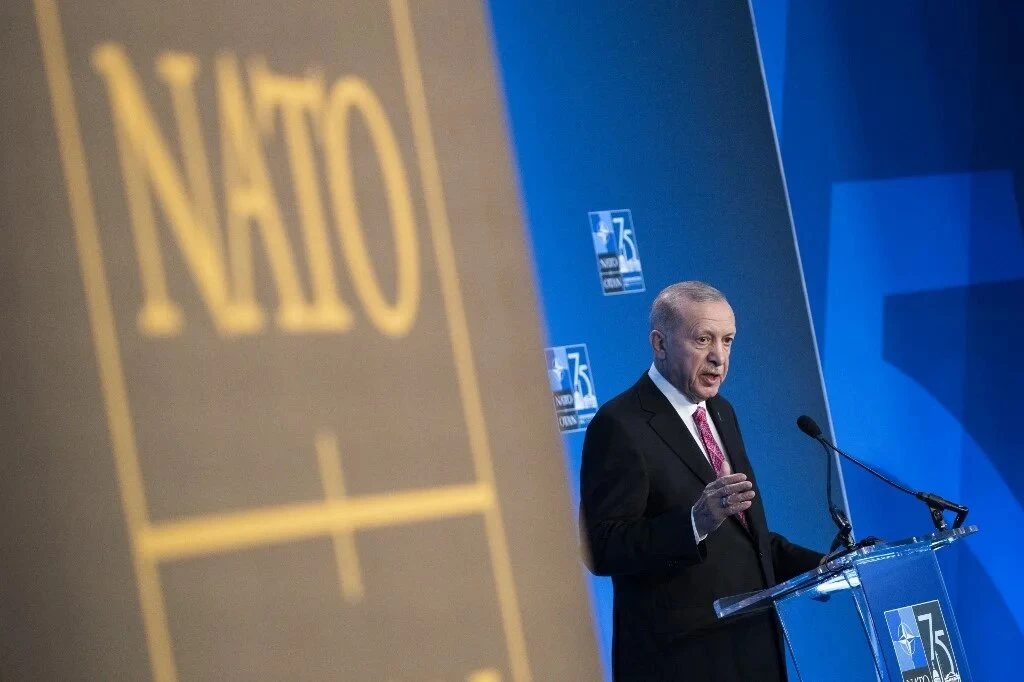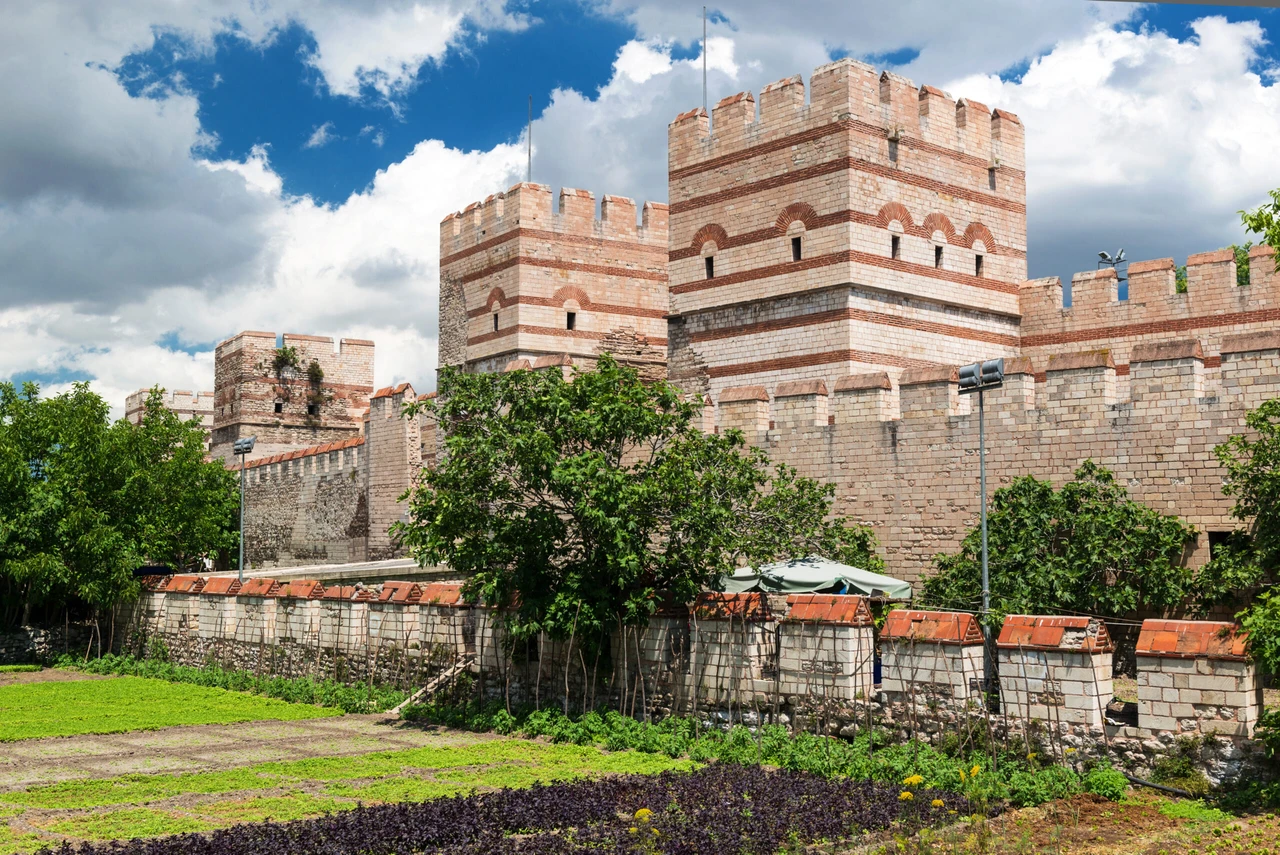Israel’s attacks on Lebanon’s ancient history reveal global double standards
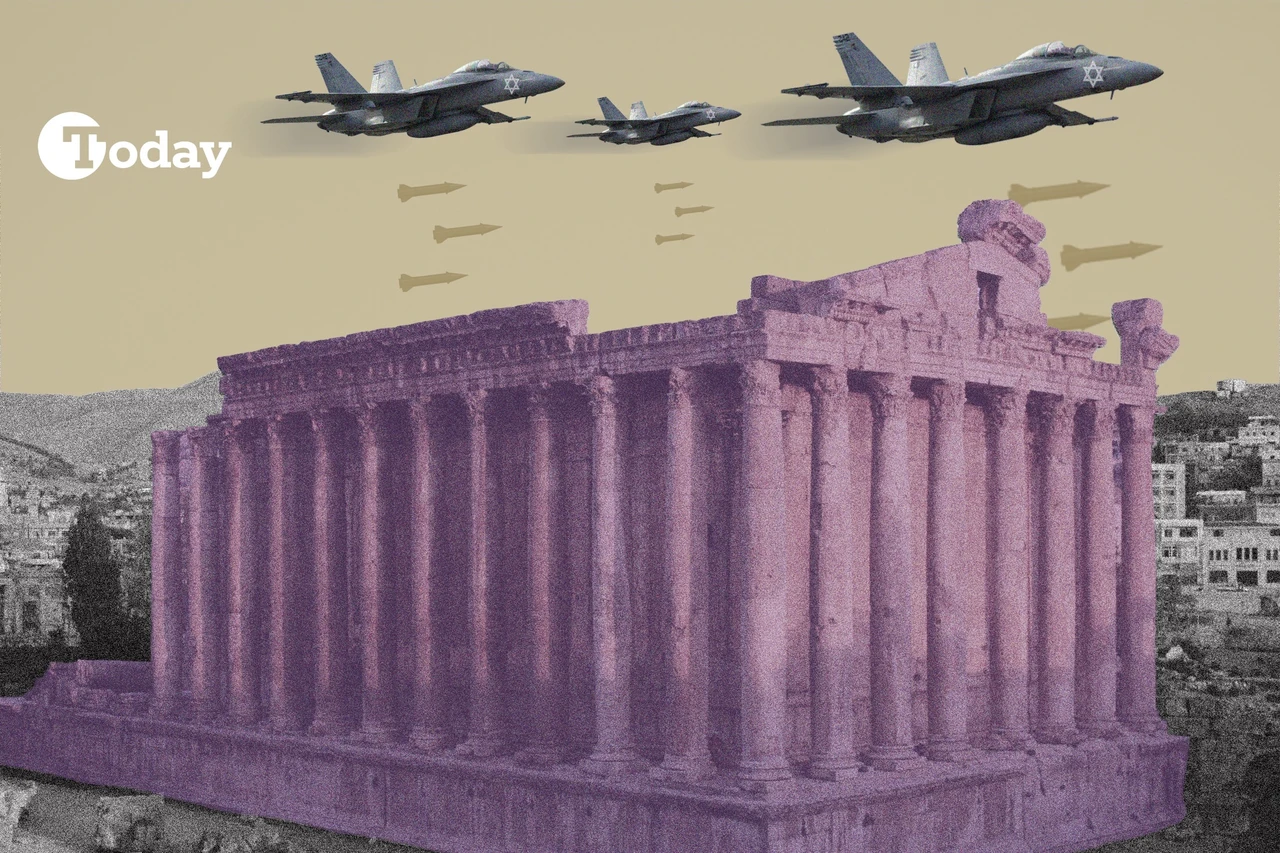 Lebanon’s ancient city of Baalbek, home to famous Roman temple of Bacchus, faces potential destruction as Israeli airstrikes target Hezbollah positions near the city's ancient sites. (Collage by Mehmet Akbas/Türkiye Today)
Lebanon’s ancient city of Baalbek, home to famous Roman temple of Bacchus, faces potential destruction as Israeli airstrikes target Hezbollah positions near the city's ancient sites. (Collage by Mehmet Akbas/Türkiye Today)
Cultural heritage sites often fall victim to destruction in the face of conflicts. The world has watched in horror as ancient treasures in Afghanistan, Iraq, Syria and Bosnia have been destroyed, prompting strong condemnation from UNESCO and Western powers.
Yet today, as Israel attacks Lebanon, putting ancient sites like Baalbek, Tyre, Sidon and Byblos at risk, there is a troubling silence from the same global actors.
Are there double standards when it comes to global heritage protection and why is Lebanon’s ancient history now overlooked?
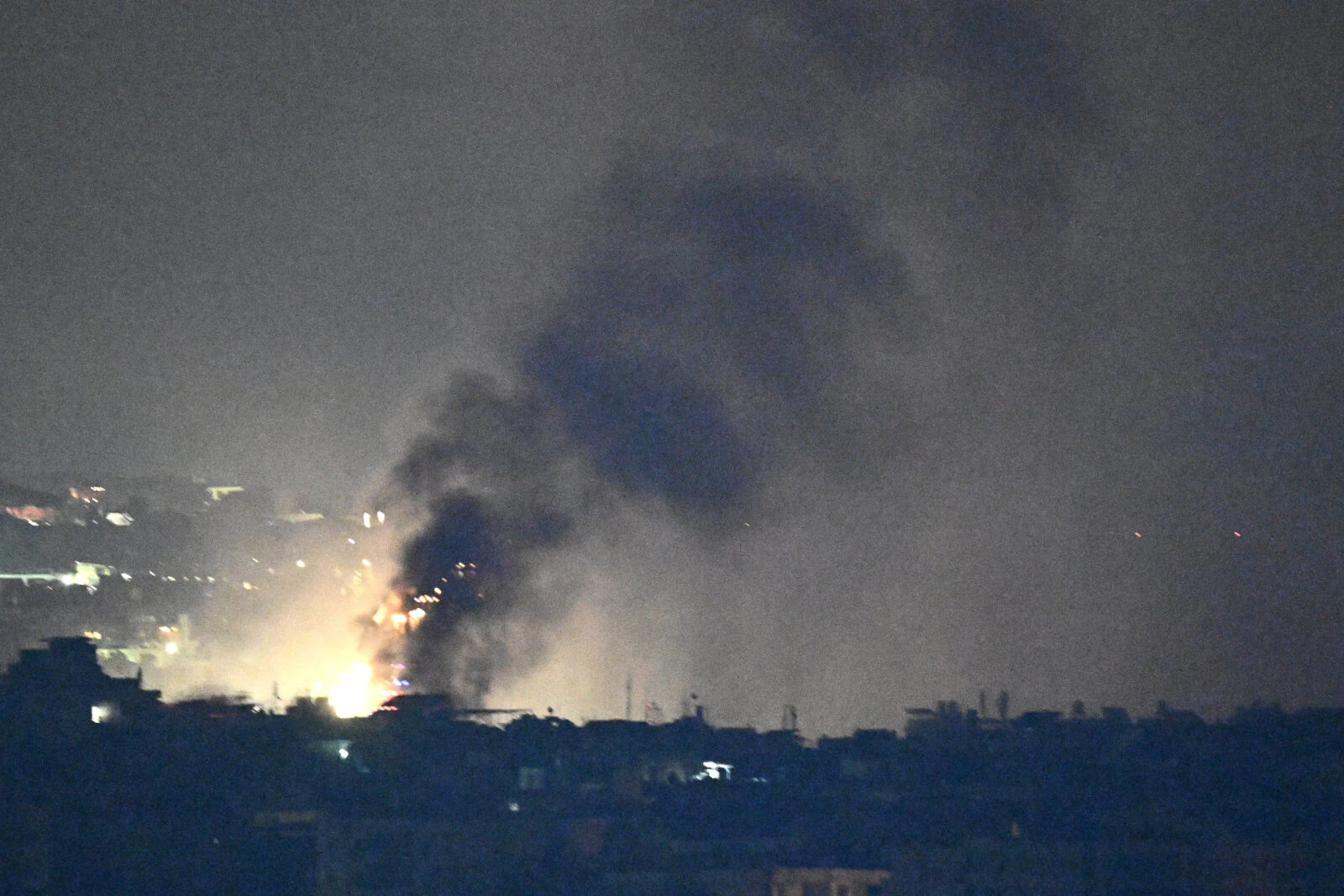
Lebanon’s cultural heritage at risk from Israeli airstrikes
Lebanon is a nation with an extraordinary cultural heritage that dates back thousands of years. The country’s history is deeply intertwined with some of the most significant civilizations in human history.
Around 3000 B.C., the Phoenicians, renowned seafarers and traders, established themselves along Lebanon’s coast, founding cities such as Byblos, Tyre and Sidon.
They are credited with creating one of the earliest alphabets, which influenced modern writing systems.
During the Roman Empire, Lebanon became a crucial part of the empire’s eastern provinces.
Baalbek, known in antiquity as Heliopolis, became a center for Roman religious worship, featuring some of the largest and best-preserved Roman temples still standing today, like the Temple of Jupiter, constructed between the first and third centuries C.E.
Over the centuries, Lebanon saw the rise and fall of empires, from the Persians to the Ottomans, each leaving behind layers of cultural and architectural heritage.
However, the ongoing conflict between Israel and Hezbollah has placed these treasures at grave risk.
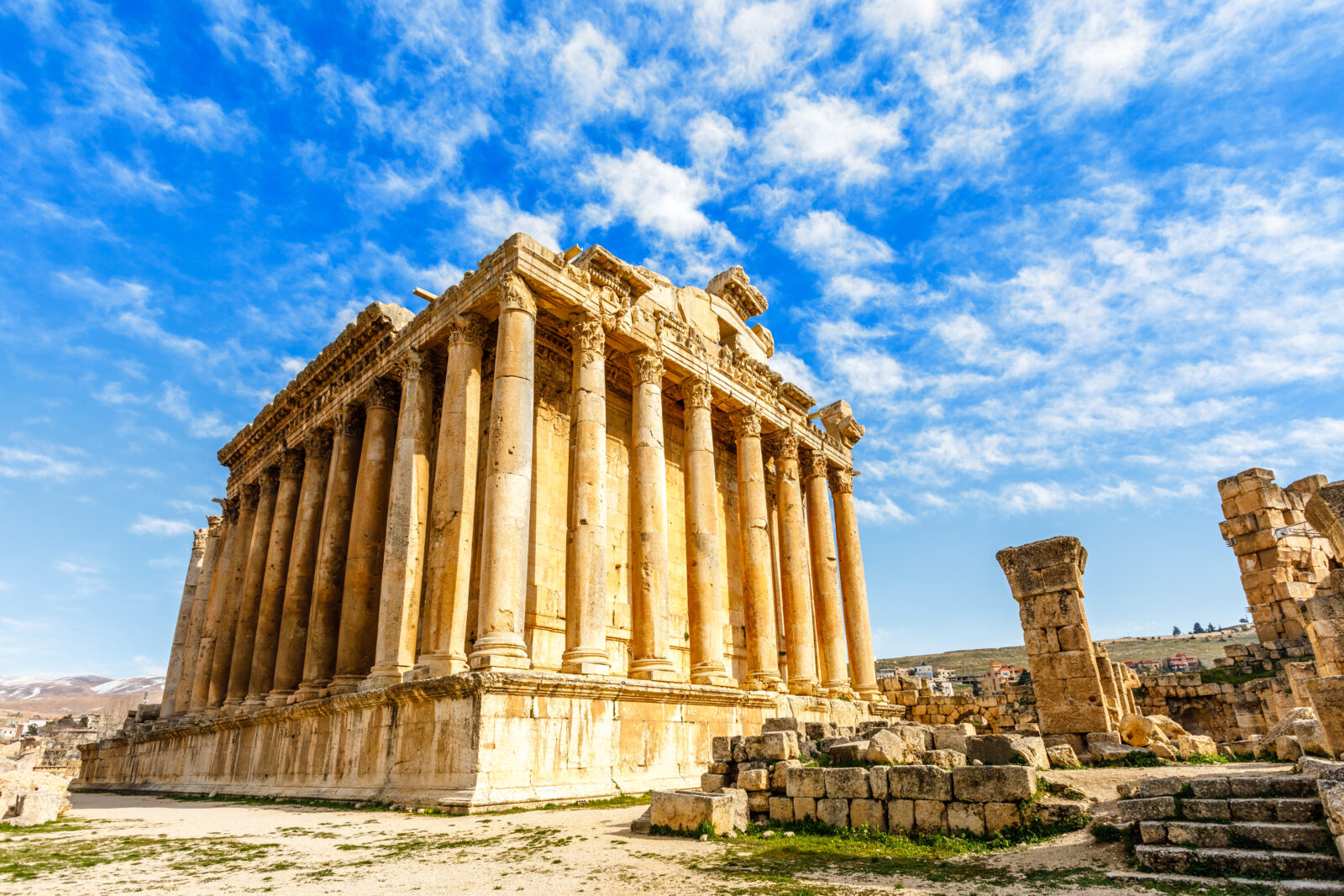
Israeli airstrikes near Lebanon’s cultural treasures endanger millennia of history
Lebanon is home to some of the most ancient and significant archaeological sites in the world, encompassing thousands of years of human history.
However, as Israeli airstrikes hit Lebanon, the proximity of these historical sites makes them increasingly vulnerable.
- Baalbek: This city, famous for its well-preserved Roman temples, faces imminent danger as airstrikes target Hezbollah infrastructure in the Beqaa Valley. Israeli forces have launched repeated attacks near Baalbek, which houses the massive Temple of Jupiter – one of the largest Roman temple complexes ever constructed and the adjacent Temple of Bacchus.
- Byblos: Known as one of the world’s oldest continuously inhabited cities, Byblos was a major Phoenician port and is often credited with the spread of the Phoenician alphabet. While Byblos has not been directly hit by Israeli airstrikes, the city’s proximity to the areas Israel is attacking means it is under constant threat.
- Sidon (Sea Castle): Sidon’s Sea Castle, built by Crusaders in the 13th century, demonstrates Lebanon’s layered history. Israeli airstrikes in and around Sidon have targeted Hezbollah infrastructure, putting the medieval castle and surrounding historical sites in serious danger.

International community quickly condemned harm to cultural heritage in previous conflicts
In previous conflicts, the international community – led by UNESCO and Western governments – acted swiftly when cultural heritage was threatened or destroyed.
Their interventions in Afghanistan, Syria, Iraq, and Bosnia are examples of how concerted efforts can protect irreplaceable cultural assets.
- Buddhas of Bamiyan, Afghanistan (2001): When the Taliban destroyed the 1,500-year-old Bamiyan Buddhas, UNESCO and various nations condemned the act as a “crime against culture.” Japan, India and the United States offered support to protect the statues, but despite global outrage, the Buddhas were obliterated. This incident remains a pivotal moment in the global push to protect cultural heritage in conflict zones.
- Palmyra, Syria (2015): The Daesh’s destruction of Palmyra, including its Temple of Bel and Monumental Arch, was met with widespread condemnation. UNESCO labeled the act a war crime, and international efforts to restore what remains of Palmyra have been ongoing. The destruction of this ancient city rallied the global community to protect what was left of Syria’s historical legacy.
- Aleppo, Syria (2012-2016): Syria’s civil war severely damaged Aleppo’s Old City, including its Great Mosque. UNESCO added Aleppo to its list of endangered World Heritage Sites and called for a cease-fire to protect Syria’s remaining heritage.
- Mosul, Iraq (2014-2017): Daesh destroyed key cultural sites in Mosul, including the Great Mosque of al-Nuri and Dair Mar Elia Monastery, Iraq’s oldest monastery. UNESCO condemned the destruction, launching the “Revive the Spirit of Mosul” initiative to restore the city’s cultural and historical identity after Daesh was defeated.
- Sarajevo, Bosnia (1992): Serbian forces shelled Sarajevo’s National Library during the Bosnian War, destroying two million books and manuscripts. UNESCO and international donors played a key role in the library’s eventual restoration – which symbolized the city’s recovery.
The international community’s response was swift, decisive, and well-documented in each of these instances – where Middle Eastern or Eastern European conflicts destroyed cultural heritage.
Western governments and UNESCO worked together to preserve and restore what was left of these cultural landmarks.
Thus, it seems highly odd that neither UNESCO nor any archaeologists and historians are commenting on how Israel’s attacks on Lebanon put thousands of years old historical sites in grave danger.
Western double standards, no global reaction to Lebanon’s threatened heritage
In stark contrast to the global outrage and action seen in previous conflicts, the world has remained largely silent regarding the cultural devastation facing Lebanon.
The selective response reveals troubling inconsistencies in how the West chooses to protect cultural heritage.
- Selective outrage: When groups like Daesh or the Taliban destroy cultural sites, Western governments and organizations react with condemnation, framing the destruction as part of a broader ideological war. However, when similar destruction is linked to Israeli airstrikes targeting Hezbollah, the response is muted.
- Media silence: Events like the destruction of the Bamiyan Buddhas or Palmyra dominated global headlines, sparking public outrage and diplomatic intervention. In contrast, the risks facing Lebanon’s ancient history and cultural sites receive far less media coverage, which weakens international pressure to protect them.

International bodies, governments should protect Lebanon’s ancient history
Protecting Lebanon’s ancient history and cultural heritage should be a priority for international organizations and governments. The country’s ancient ruins, temples and archaeological sites are not only integral to Lebanese identity but also to the broader story of human civilization and are correctly facing the threat of Israeli airstrikes.
- UNESCO’s role: As the leading organization for heritage protection, UNESCO must issue stronger public statements condemning military actions near Lebanon’s cultural sites. They should also send assessment teams to the ground to evaluate the damage and pressure both Israel and Hezbollah to respect the cultural significance of these areas.
- Diplomatic efforts: Governments that have historically prioritized cultural preservation, such as those in the West, must apply diplomatic pressure to protect Lebanon’s sites. Establishing no-strike zones around these ancient cities could help shield them from further harm.
- Increased media coverage: The media’s role in raising awareness and applying pressure cannot be overstated. Increased coverage of the potential destruction in Lebanon can galvanize the global community to take action before it’s too late. If sites like Baalbek and Tyre are to be saved, the world needs to know what’s at stake.
Lebanon’s ancient history and treasures, representing thousands of years of human history, are currently in the crosshairs of conflict, yet the global response has been muted.
The contrast between the international outcry seen in other regions and the silence surrounding Lebanon is stark.
If the world does not act soon and speak up against the threatening Israeli airstrikes, the loss of Lebanon’s cultural heritage will be permanent and irreparable.
